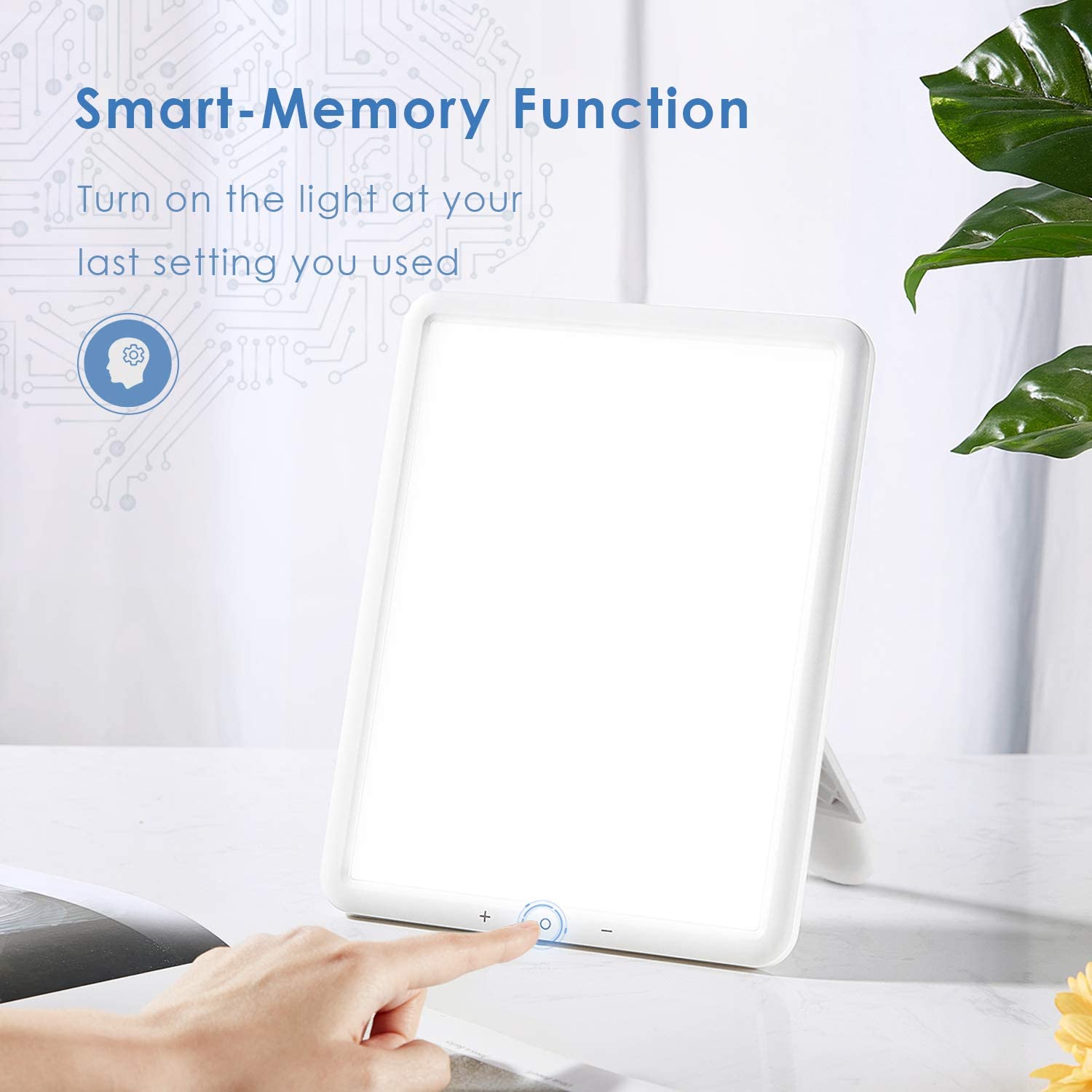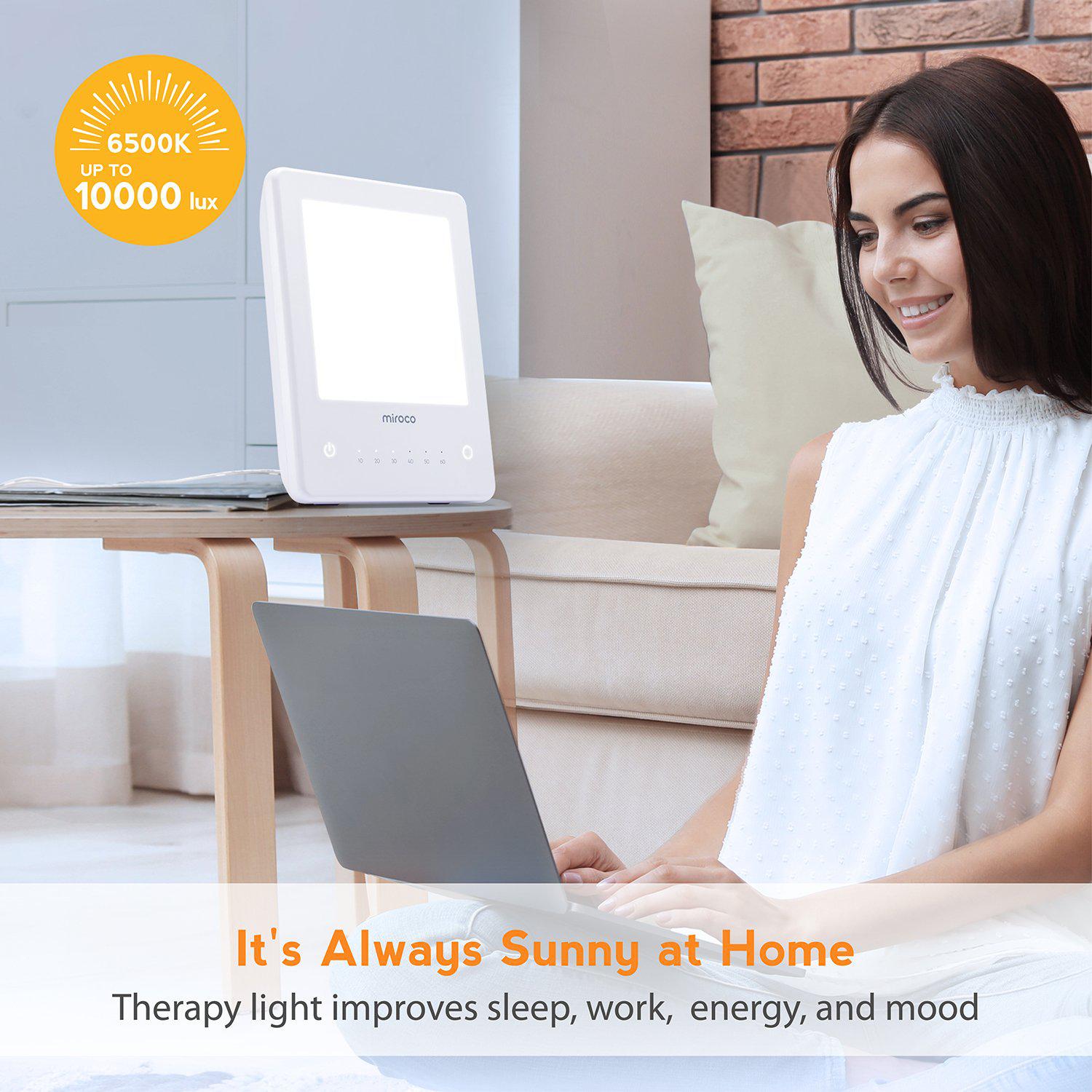The Complexities of Photobiomodulation Therapy: A Comprehensive Guide
Wiki Article
Unlocking the Prospective of Photobiomodulation: A Promising Strategy for Restorative Treatment
Are you curious concerning the possibility of photobiomodulation for healing treatment? By targeting specific mobile processes, photobiomodulation has revealed possible in increasing injury healing, decreasing pain, and promoting cells regrowth. In this intro, we will explore the mechanisms of activity, applications in medicine, and the present evidence sustaining the efficiency of photobiomodulation.Comprehending Photobiomodulation
To comprehend photobiomodulation, you need to understand the concept of just how light treatment can straight impact cellular procedures in your body. Photobiomodulation, additionally recognized as low-level light treatment, is a non-invasive therapy that makes use of certain wavelengths of light to promote biochemical responses in your cells. When revealed to these light wavelengths, your cells soak up the power and transform it right into cellular energy, called adenosine triphosphate (ATP) This rise in ATP manufacturing results in a waterfall of cellular feedbacks, including enhanced metabolic rate, enhanced circulation, and raised production of collagen and various other healthy proteins.The therapeutic results of photobiomodulation are far-reaching and have actually been examined extensively in different medical fields. It has actually shown encouraging lead to promoting cells repair work and regrowth, reducing swelling, soothing pain, and boosting wound recovery. Moreover, photobiomodulation has been located to have a favorable effect on neurological problems, such as terrible brain injury and stroke, by boosting neural task and promoting neuroplasticity.
Unlike other therapies, photobiomodulation does not create or create any type of warm tissue damage. It is vital to keep in mind that photobiomodulation must be administered by experienced specialists or according to the supplier's guidelines to make sure ideal outcomes and security.

Systems of Action
In comprehending the mechanisms of activity, you will certainly find exactly how photobiomodulation directly influences mobile processes through specific biochemical responses. When light is related to the body, it is taken in by chromophores, such as cytochrome c oxidase and flavins, which are present in the mitochondria. This absorption brings about a cascade of occasions that eventually lead to cellular modifications.One of the essential systems of action is the excitement of ATP manufacturing. Photobiomodulation boosts the task of cytochrome c oxidase, a critical enzyme in the mitochondria that is associated with the electron transportation chain. This raised task results in the production of even more ATP, the main power currency of the cell. As an outcome, mobile metabolic process is improved, promoting tissue repair and regeneration.
Additionally, photobiomodulation has actually been shown to modulate mobile signaling paths. It activates different development elements and indicating particles, such as nitric oxide and responsive oxygen species, which play crucial duties in processes like inflammation, cell, and angiogenesis spreading. These signaling pathways add to the therapeutic effects of photobiomodulation, promoting cells healing and reducing discomfort and swelling.
Applications in Medicine
Explore the wide-ranging applications of photobiomodulation in medication. Photobiomodulation, also understood as low-level light treatment, is a non-invasive treatment that makes use of light to promote mobile processes and advertise healing. In medication, this strategy has actually shown promising outcomes across numerous areas.Among the main applications of photobiomodulation is in discomfort monitoring. pbm light therapy. It has been utilized to minimize both persistent and acute discomfort, including bone and joint conditions, neuropathic pain, and post-operative pain. By targeting the damaged location with particular wavelengths of light, photobiomodulation can lower inflammation, promote cells repair, and offer relief
Additionally, photobiomodulation has actually revealed possible in injury healing. It can accelerate the healing procedure by improving cell expansion, promoting angiogenesis, and reducing mark cells development. This has considerable implications in the treatment of persistent injuries, such as diabetic person ulcers and pressure sores.
In dermatology, photobiomodulation has been made use of for its anti-inflammatory and regenerative results. It can boost the appearance of scars, reduce acne sores, and promote hair growth in problems like androgenetic alopecia.
Moreover, photobiomodulation has revealed assurance in neurorehabilitation. It can improve cognitive function, boost motor recovery, and help in the treatment of neurodegenerative conditions like Alzheimer's and Parkinson's.
Scientific Evidence and Study Searchings For

In the field of bone and joint disorders, photobiomodulation has been found to minimize discomfort and inflammation, enhance variety of movement, and increase tissue fixing. Research studies have actually demonstrated its effectiveness in dealing with conditions such as osteoarthritis, tendinopathies, and muscular tissue strains. Furthermore, photobiomodulation has actually find more info shown positive results on wound recovery by promoting collagen fibroblast, angiogenesis, and synthesis expansion. This makes it an useful device in the monitoring of persistent injuries, diabetic ulcers, and surgical lacerations.
In addition, research has shown that photobiomodulation can have neuroregenerative and neuroprotective results. It has been found to improve cognitive feature, reduce neuroinflammation, and improve neuronal survival and synaptic plasticity. This has essential effects for the therapy of neurological problems such as Alzheimer's condition, Parkinson's condition, and stroke.
Future Instructions and Possible Obstacles
Moving on, it is necessary to think about the future directions and prospective challenges surrounding making use of photobiomodulation as a healing intervention. One essential future direction is the expedition and optimization of dosing parameters. Presently, there is no agreement on the optimal wavelength, strength, period, and frequency of photobiomodulation treatment. More study is required to recognize the dose-response partnership and develop evidence-based standards for professional technique.Another vital future direction is the growth of cost-efficient and portable photobiomodulation gadgets. While current gadgets work, they are usually large, pricey, and this contact form require specialist supervision - photobiomodulation laser. The development of economical and straightforward devices would substantially enhance access to this therapy, allowing more individuals to take advantage of its prospective restorative effects
Furthermore, future research study ought to concentrate on elucidating the devices underlying photobiomodulation. Despite its growing popularity, the precise devices through which photobiomodulation exerts its therapeutic impacts are not completely recognized. Recognizing these mechanisms would not only improve our understanding of the treatment yet also aid in the development of more targeted and efficient interventions.
Nevertheless, there are additionally possible obstacles that require to be addressed. photobiomodulation. These include the need for standardized procedures, the demand for properly designed clinical trials with larger sample sizes, and the demand for long-lasting follow-up research studies. Additionally, regulative and safety and security considerations should be taken right into account to guarantee the reliable and safe use photobiomodulation in clinical method.
Verdict
In final thought, photobiomodulation holds fantastic pledge as a Visit This Link healing intervention in medicine. With continuous researches and advancements in this field, photobiomodulation has the potential to unlock brand-new opportunities for boosting patient results.Are you interested concerning the possibility of photobiomodulation for therapeutic intervention? By targeting particular mobile procedures, photobiomodulation has actually revealed possible in accelerating wound healing, lowering pain, and promoting tissue regeneration.Furthermore, photobiomodulation has shown prospective in injury recovery.Moving ahead, it is vital to consider the prospective obstacles and future directions bordering the use of photobiomodulation as a therapeutic intervention. With continuous researches and developments in this area, photobiomodulation has the prospective to open brand-new possibilities for improving person outcomes.
Report this wiki page